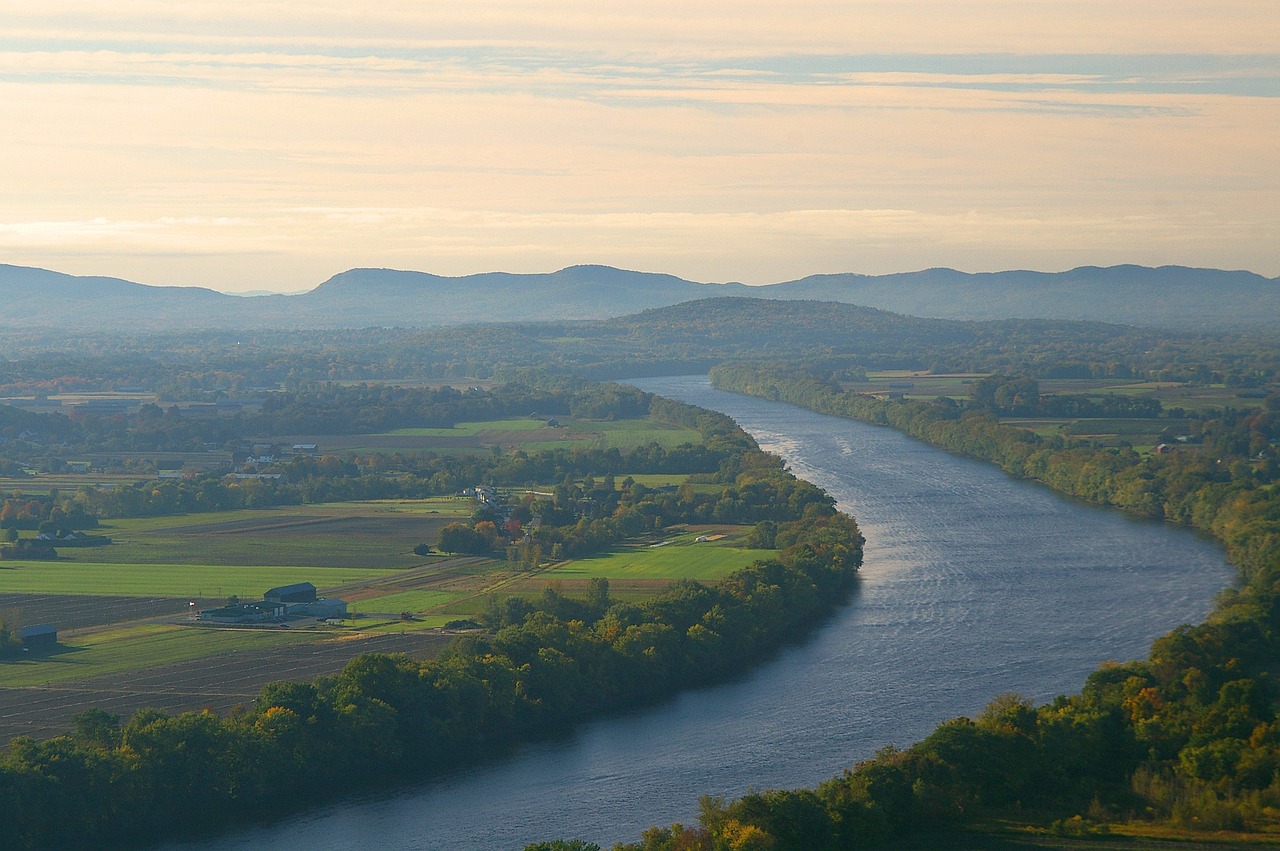Our class was fortunate enough to have been given a presentation by Dr. Marge Bruchac of the University of Pennsylvania, an alum of Smith College, who specializes in the history of Indigenous Doctors and Doctresses (or “Indian Doctors/Doctresses” in the language used at the time of their popularity) especially in Western Massachusetts. Much of our information on the subject comes from her knowledge. The Pioneer Valley1 is situated on the ancestral lands of the Nipmuc, Nonotuck, Pocumtuc, and Agawam peoples. There is ancient evidence of stone tools and relics in the area dating back to 9000 B.C.E.2 Northampton specifically was an Indigenous settlement called Norwottuck, or Nonotuck, possibly taken from the name noah-tuk which means “in the midst of the river” as the city lands in the middle of the length of the Connecticut River. There were reportedly hundreds of wigwams in the area with communal cemeteries and meadows planted with maize, beans, and squash.3 The people of the region that interacted with the local land include the Agawam, Woronoco, Pocumtuck, and Sokoki peoples. Most of the communities in the area were not fixed in place; they would move around based on seasons with easily packed up dwellings.4 Indigenous peoples would become medicinal doctors/doctresses if they had the talent for knowing the plants and their properties.5
Once colonizers reached our region, Indigenous people and their medicine did not cease to exist. Nor were they excluded from colonial European society. In the late 1750s, Yankee settler Zebulon Fuller of Rhode Island arrived on land he dubbed “Indian Hollow,” now part of Huntington, Massachusetts.6 Fuller married a local Mahican woman and the couple had two children, Zebulon Junior and Rhoda Fuller Rhoades. Both Fuller children became successful physicians, practicing medicine passed down to them through their mother’s lineage. Native “Indian” medicine was greatly sought-after and respected during this era. European medicine of the time was not only expensive but fearsome for most, consisting mainly of bloodletting, purges, and enemas. Indian doctors, on the other hand, prescribed herbal remedies that had been refined over millennia. Homer Merriam, a resident of rural Massachusetts in the early 19th century, recounts how Rhoda Rhoades cured him of chronic indigestion when he found himself “in a sort of desperation.”7 Rhoda was known for her expertise in herbal medicine and was said to have charged only a penny for her services. The popularity of Indian medicine nonetheless threatened white physicians. An 1837 advertisement promised a plagiarized version of Rhoda’s renowned “Extract,” composed of Jerusalem artichoke, goldenrod, boneset, and Joe Pye weed. Additionally, when Abenaki descendants of Deerfield’s Eunice Williams visited their ancestor’s hometown in 1837, their white relative, Dr. Stephen West Williams, was threatened when the Abenaki family began selling their herbal remedies.8
Medicinal plants and herbs are found all around us on unceded land of the Nipmuc and Picumtuc people, also known as the Pioneer Valley or Connecticut River Valley, in both natural settings and in more cultivated settings. Recent efforts to inform the public about medicinal herbs and plants as well as render them more accessible has been led by local farms, such as Sawmill Herb Farm started by Susan Pincus. In addition to a wide variety of medicinal herbs available through a community supported agriculture program (CSA), Sawmill hosts workshops such as Medicinal Mushrooms and Herbs for the Nervous System, all focused on connecting locals with what nature can offer.9 From the herbs grown on her farm, which include both native and non-native species, Susan develops blends of teas that are a balance between aesthetics (i.e. scent and flavor balances) and the healing properties.10 When embarking on your journey with medicinal plants and herbs, Susan emphasizes the importance of observation, because plants, too, are in a fine balance between having enough that we can harvest and being depleted.10
DISCLAIMER: This is simply a compilation of research about plants found in Western Massachusetts that have been used in traditional medicine. Please do not ingest anything you find in the wild based on the information on this site. Even plants that are not known to be toxic may be contaminated or protected.
- A colonialist term, many are now transitioning toward the use of the name “Connecticut River Valley”. Throughout this page we will switch between the colloquialism “Pioneer Valley” and “Connecticut River Valley”. ↩︎
- “Nonotuck Histories Essay by Margaret M. Bruchac.” HISTORIC NORTHAMPTON, https://www.historicnorthampton.org/ntn.html. Accessed 1 May 2024.
↩︎ - Native American Peoples II – Historic Northampton Museum and Education Center. http://www.historic-northampton.org/highlights/nativeamericans2.html. Accessed 1 May 2024.
↩︎ - “Nonotuck Histories Essay by Margaret M. Bruchac.” HISTORIC NORTHAMPTON, https://www.historicnorthampton.org/ntn.html. Accessed 1 May 2024.
↩︎ - Workshop with Dr. Marge Bruchac. April 15th, 2024. ↩︎
- Bruchac, Margaret. “In Search of the Indian Doctress.” Old Sturbridge Village Visitor, vol. 39, no. 1, 1999, pp. 6-7. ↩︎
- Ibid. ↩︎
- Bruchac, Margaret. “Abenaki Connections to 1704: The Sadoques Family and Deerfield, 2004.” In Captive Histories: Captivity Narratives,
French Relations and Native Stories of the 1704 Deerfield Raid. Evan Haefeli and Kevin Sweeney, eds. pp. 262-278. Amherst, MA:
University of Massachusetts Press. ↩︎ - “Workshops.” Sawmill Herb Farm, www.sawmillherbfarm.com/collections/workshops. Accessed 5 May 2024. ↩︎
- Workshop with Susan Pincus. 10 April 2024 ↩︎
